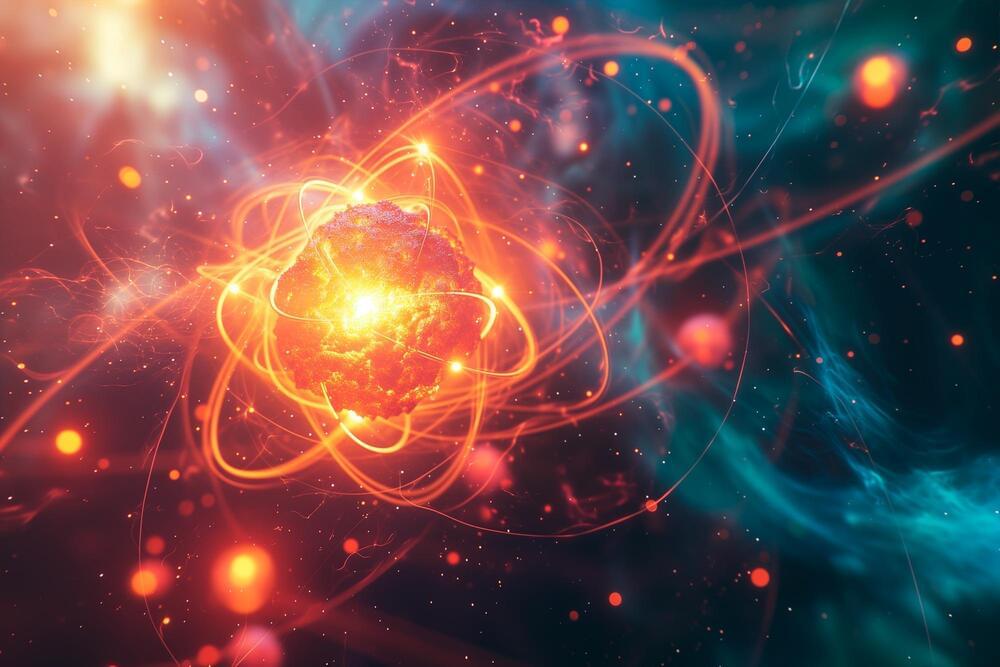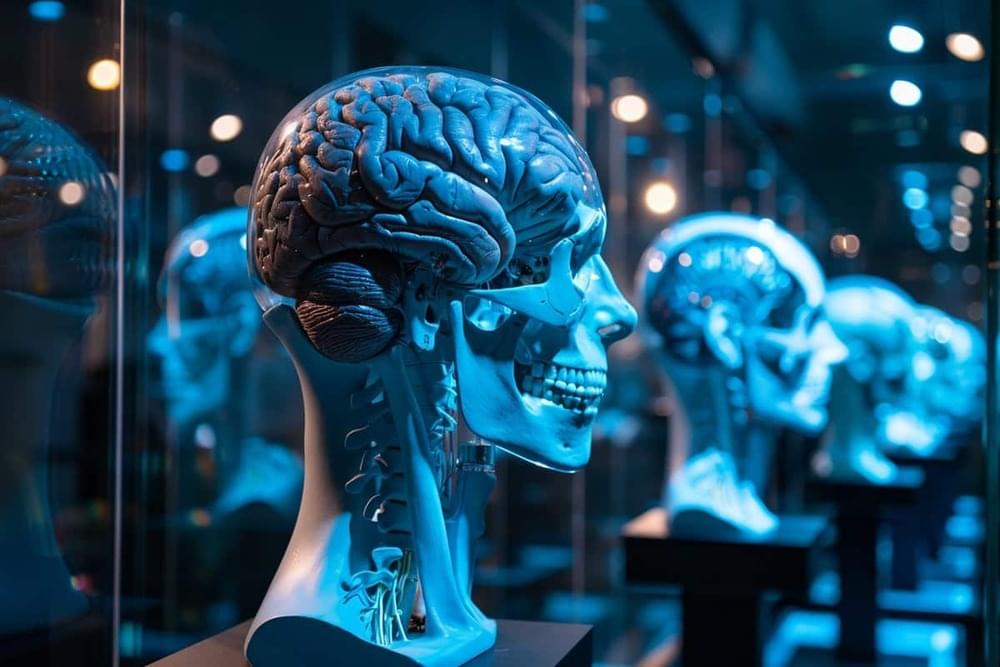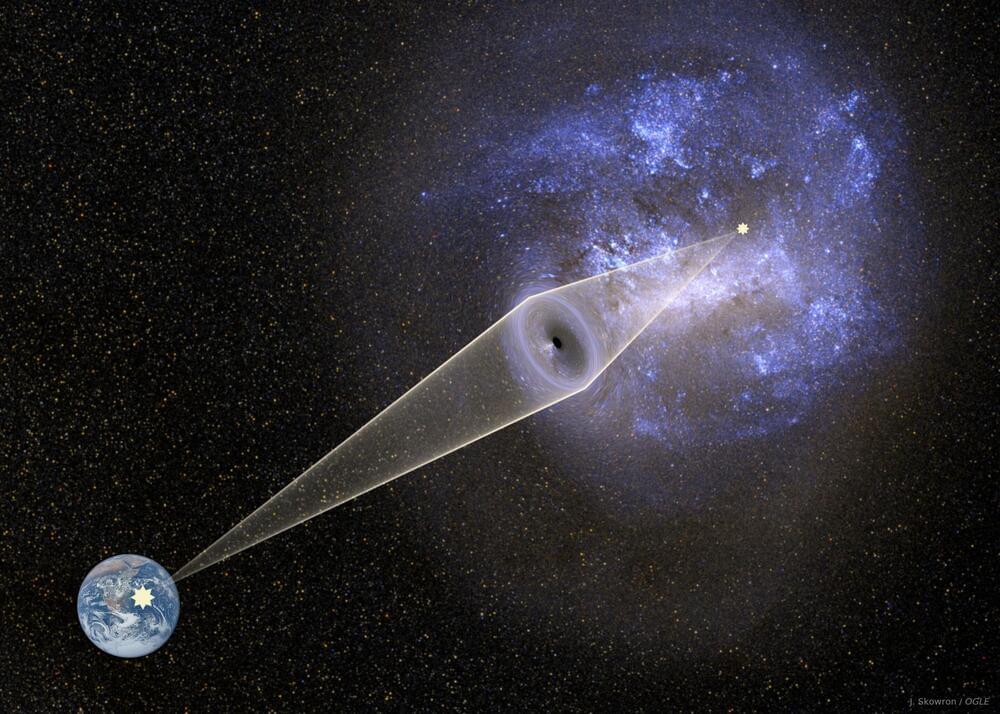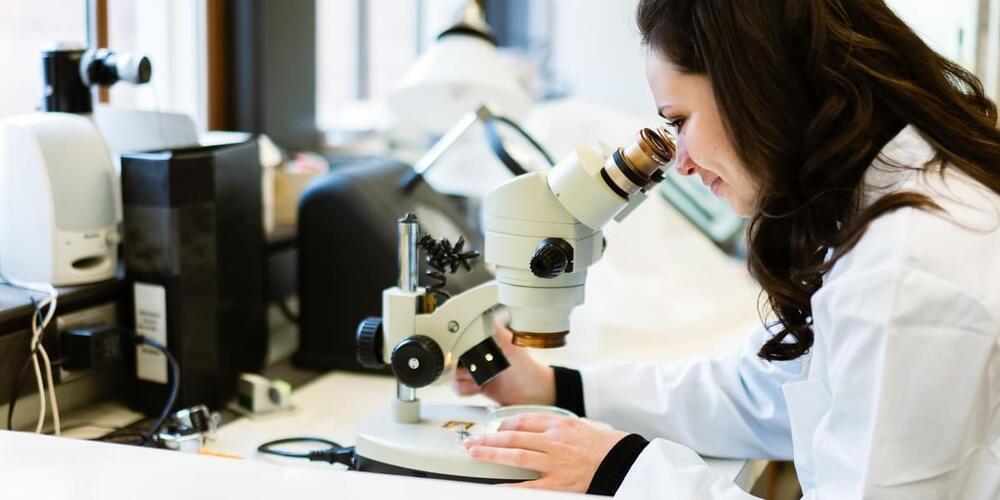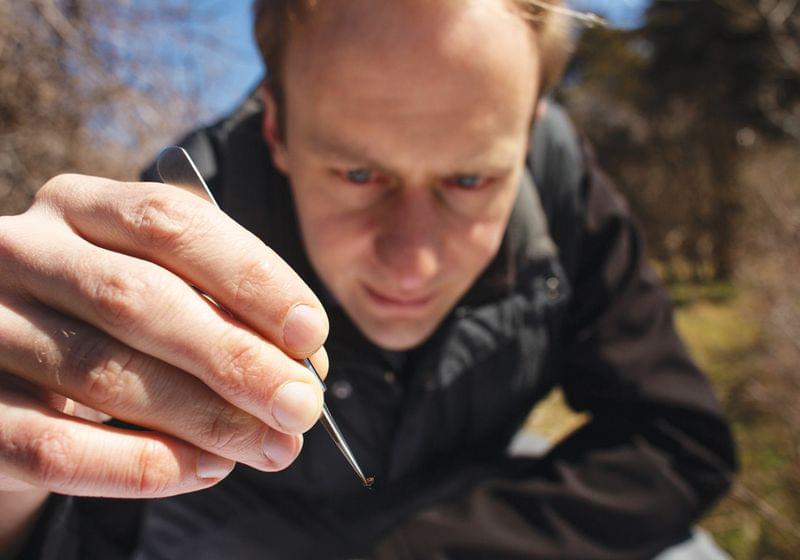Jun 29, 2024
Unlocking Earth’s Origins: Nitrogen Isotopes Reveal Planetary Secrets
Posted by Saúl Morales Rodriguéz in categories: evolution, space
This research highlights that both early melting-volatilization and late accretion of volatile-rich materials are integral to understanding the distribution of nitrogen in silicate Earth. These insights open new avenues for understanding the origins of volatiles on Earth.
A team of researchers led by Professor Wang Wenzhong from the University of Science and Technology of China’s School of Earth and Space Sciences, in partnership with international experts, examined how nitrogen isotopes fractionate during the formation and evolution of terrestrial planets. Their findings were published in Nature Communications.
Currently, the academic community primarily holds two models regarding the accretion of volatiles on Earth: the “Late Veneer” model and the “Early Evolution” model.
